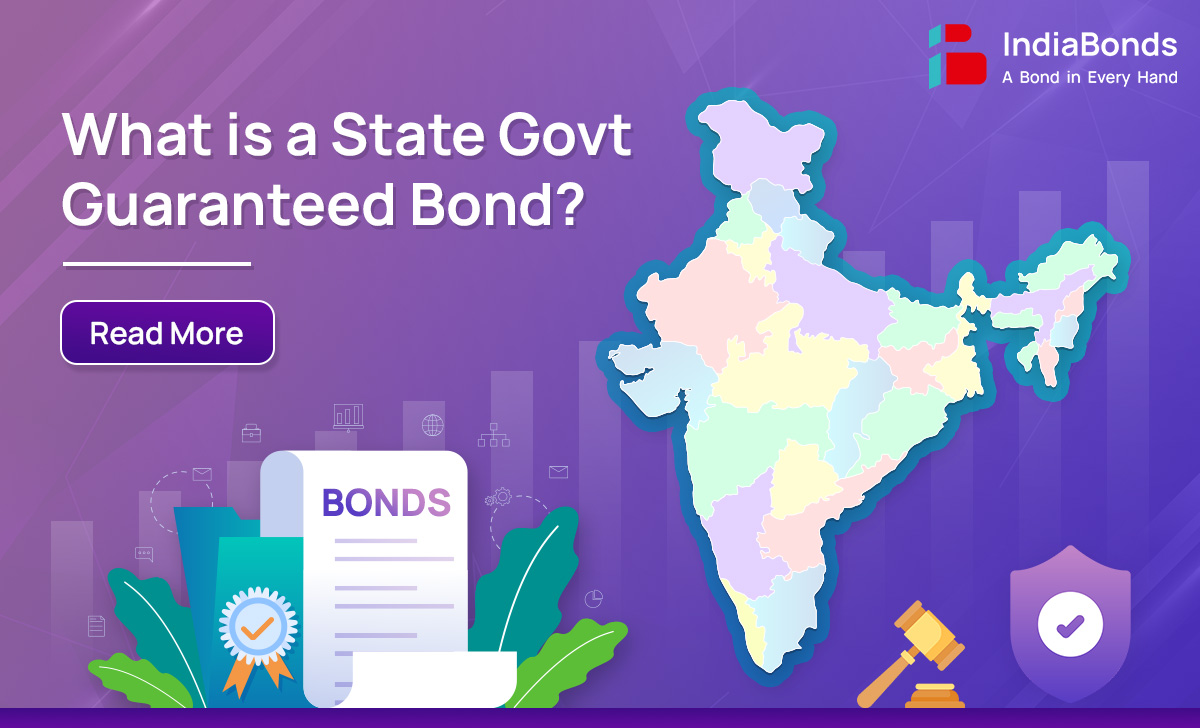
In the realm of structured finance, credit enhancement is a term used to describe a set of techniques employed by financial institutions to reduce the credit risk associated with a particular transaction or asset. There are two types of credit enhancement: internal and external. External credit enhancement, particularly the credit enhancement guarantee, has gained popularity, especially after the 2008 financial crisis. A credit enhancement guarantee is a strategy that is designed to reduce the credit risk associated with an underlying debt obligation. It involves a third-party guarantor, who agrees to provide additional financial backing to the borrower in the event of default, thereby reducing the risk for the lender. The primary objective of a credit enhancement guarantee is to increase the creditworthiness of the borrower, which in turn helps them to secure better terms on their debt financing.
A real-world example of a credit enhancement guarantee is the Partial Risk Guarantee (PRG) program provided by the World Bank to support the Bujagali Hydropower Project in Uganda. The PRG guaranteed up to $115 million of debt financing to the project, which helped to attract private sector investors and lenders to provide funding. The PRG provided a backstop against certain risks, such as changes in regulations or unforeseen events that could have resulted in the project’s inability to meet its financial obligations. The PRG helped to mobilize the necessary financing for the project, which has increased Uganda’s electricity generation capacity, reduced reliance on expensive and unreliable fossil fuel-based electricity and improved access to electricity in the country. The project has also provided economic benefits by creating jobs and supporting local businesses.
The Indian debt market ecosystem also has a similar arrangement, which is the next best option after Government Securities (G-secs) and State Development Loans (SDLs) that act as a sovereign guarantee. State Government Guaranteed Bonds are a type of bond issued by state-owned entities, which are backed by a guarantee from the respective state government. These entities may issue these bonds for various purposes, including financing development activities, repaying existing debt, or funding new projects. In this article, we’ll delve into the world of State guaranteed Bonds, exploring what they are and why they’re such a compelling option for investors seeking a safe and reliable way to preserve their capital.
State Government Guaranteed Bonds meaning bonds issued by state-owned corporations backed by the corresponding state government are an investment option that provides additional security for investors. The state government guarantees that it will repay the bondholders if the issuer of the bond is unable to do so. This means that in the event of a default by the issuer, the state government will step in and pay the outstanding dues to the bondholders. Entities with weaker financial positions may find it difficult to raise funds from the public and may have to pay higher costs to do so. As a result, government guarantees can be a significant advantage for state-owned enterprises, as it can allow them to borrow at lower costs and raise funds more easily. Some examples for state government bonds in India include the Uttar Pradesh Power Corporation Limited (UPPCL), Andhra Pradesh Capital Region Development Authority (APCRDA), Himachal Pradesh Infrastructure Development Board, etc. You can invest easily in them through IndiaBonds.com




Unconditional and irrevocable – When investing in State guaranteed Bonds, it is crucial to consider the terms “unconditional and irrevocable” in the information memorandum. Given the instances of defaults by State guaranteed Bonds in the past, investors must ensure that this clause is present in the issue of their choice.
“Unconditional” refers to the requirement that the support provided must be without any conditions, to honor the obligations under the guarantee.
“Irrevocable” refers to the guarantee not being revocable until all obligations of the borrower are fully paid to the lender. In essence, this clause guarantees that the state government will service the debt in the event of a default.
To reduce the risk of default, investors should perform their due diligence to check that this mechanism is embedded in the issue. If the state government does not provide the guarantee, the investor should review the entity’s financials, credit rating and history of defaults and also check the financial health of the state.
A: Government securities, also known as G-secs, are bonds issued by the central government with a sovereign guarantee. Government guaranteed bonds are issued by state-owned entities with a guarantee from the state government.
A: While government guaranteed bonds are considered to be low-risk, they are not completely risk-free. The credit rating of the issuer, economic conditions and interest rate fluctuations can all impact the value of the bond.
A: Investors can buy government guaranteed bonds through online platforms like IndiaBonds or through the exchanges where the bonds are listed. It is important to research and compare the terms of different bonds before making an investment decision.
A. State guaranteed bonds represent a form of debt security issued by state-owned entities. These bonds receive backing from the state government, ensuring that in the event of default by the bond issuer, the state government will reimburse the bondholders. In contrast, state development loans pertain to funds supplied by the state government to fulfill their particular fiscal needs. These loans are safeguarded by the central government.
Disclaimer: Investments in debt securities/ municipal debt securities/ securitised debt instruments are subject to risks including delay and/ or default in payment. Read all the offer related documents carefully.